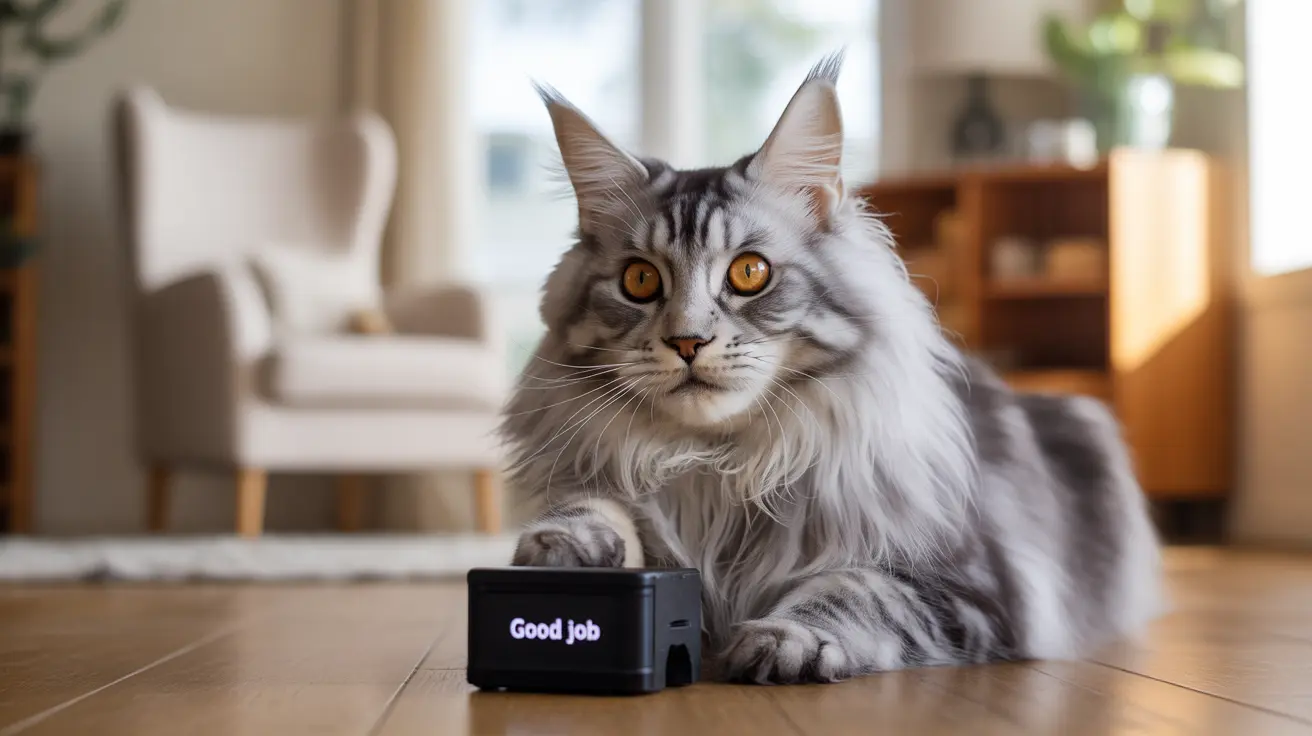Many pet owners wonder about the trainability of their furry companions, especially when comparing cats and dogs. While both species can certainly be trained, there are fundamental differences in their learning styles, motivations, and the overall training process that make cats generally more challenging to train than their canine counterparts.
In this comprehensive guide, we'll explore why cats present unique training challenges, what methods work best for feline education, and how you can successfully train your cat despite these differences.
Understanding the Natural Differences
The key to understanding why cats are harder to train than dogs lies in their evolutionary history and natural behaviors. Dogs evolved as pack animals, developing strong social bonds and a natural inclination to please their leaders. Cats, however, evolved as solitary hunters, maintaining their independence even after domestication.
This fundamental difference affects how each species approaches learning and responds to human interaction. Dogs actively seek approval and readily respond to social rewards, while cats are primarily motivated by personal benefit and immediate rewards.
The Motivation Factor
Unlike dogs, who often work eagerly for praise and attention, cats require more compelling incentives. Food rewards typically prove most effective with felines, as they're less interested in social approval. This self-focused motivation means trainers must be particularly strategic in their approach.
High-value treats, precise timing, and a thorough understanding of what motivates your individual cat are crucial for successful training. Some cats might respond to certain toys or physical affection, but these preferences vary significantly between individuals.
Effective Training Techniques for Cats
While cats may be more challenging to train, success is absolutely possible with the right approach. Here are some proven methods:
Clicker Training
Clicker training has shown remarkable results with cats. The clear, consistent marker signal helps cats understand exactly which behavior earned them a reward, making learning more efficient.
Positive Reinforcement
Immediate rewards for desired behaviors are essential. Unlike dogs, cats don't respond well to delayed gratification or correction-based training methods. Consistency and patience are key.
Environmental Setup
Creating the right training environment is crucial. Cats learn best in quiet, familiar spaces where they feel secure and aren't distracted by environmental stressors.
Setting Realistic Expectations
Understanding the timeline for cat training is crucial for success. While dogs might learn basic commands in a few sessions, cats typically require weeks or even months to master similar behaviors. This extended timeline isn't a reflection of intelligence but rather their different learning style and motivation structure.
Training Success Stories
Despite the challenges, many cat owners have successfully trained their felines to perform impressive behaviors. From basic commands like "sit" and "come" to more complex tricks like jumping through hoops or giving high-fives, cats can learn a wide variety of behaviors when properly motivated and trained.
Frequently Asked Questions
Why are cats generally harder to train than dogs?
Cats are harder to train because they're naturally independent animals that evolved as solitary hunters, unlike dogs who are pack animals. They're less motivated by social rewards and don't have the same inherent desire to please their owners as dogs do.
What training methods work best to teach cats new behaviors?
Positive reinforcement, particularly with food rewards and clicker training, works best for cats. Short, consistent training sessions in a calm environment, combined with immediate rewards for desired behaviors, are most effective.
How does a cat's motivation for training differ from a dog's?
While dogs are often motivated by praise and social rewards, cats primarily respond to immediate, tangible benefits like treats. They're less interested in pleasing their owners and more focused on what they can gain from the interaction.
Can cats learn tricks like dogs, and what kinds of tricks are possible?
Yes, cats can learn various tricks, including sit, come, high-five, jump through hoops, and even fetch. However, they typically take longer to learn these tricks compared to dogs and may be more selective about when they perform them.
How long does it typically take to train a cat compared to a dog?
Training a cat usually takes significantly longer than training a dog. While dogs might learn basic commands in a few days or weeks, cats often require weeks or months to master the same behaviors, requiring more patience and consistency from their owners.






